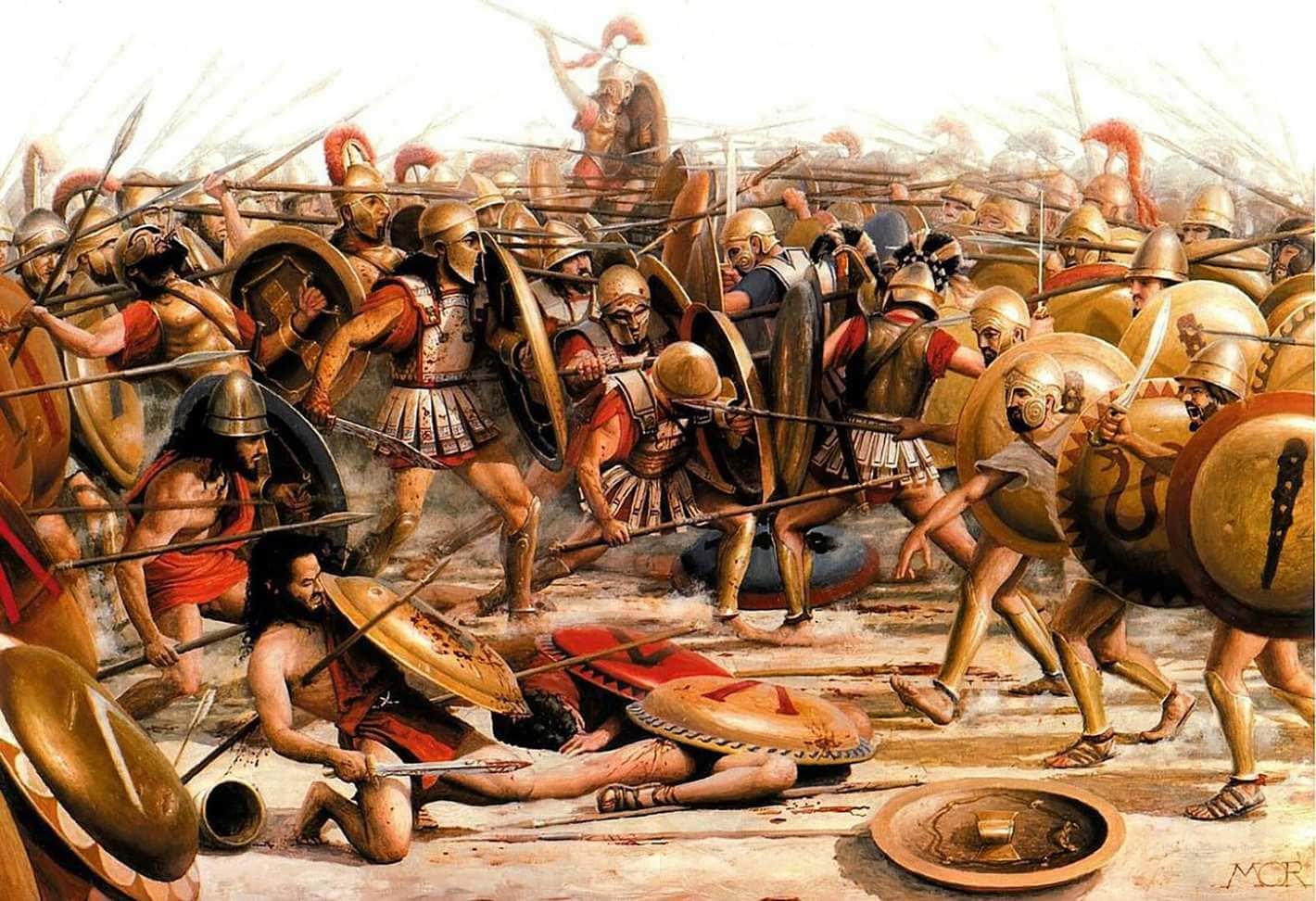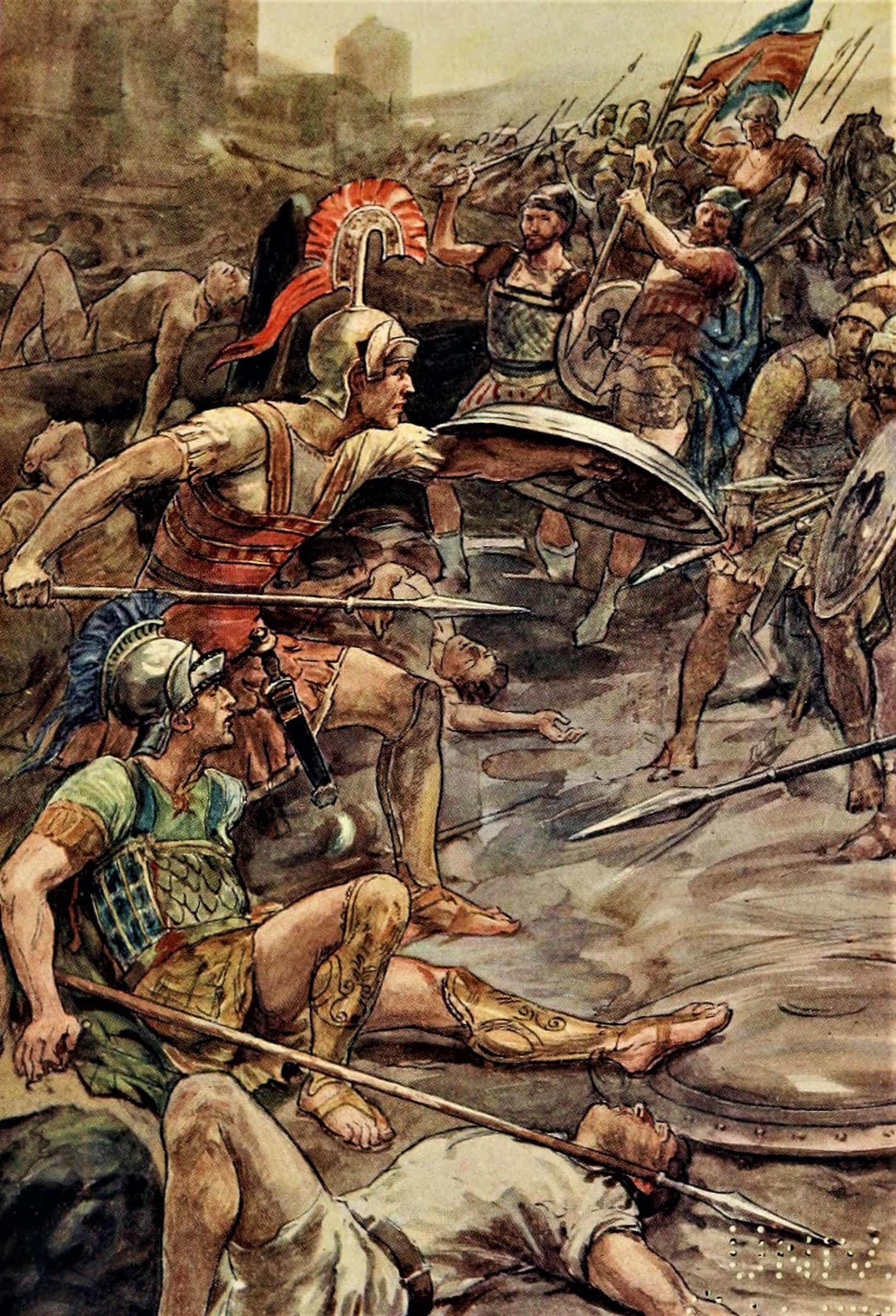Spartan hoplites were viewed as Ancient Greece’s elite warriors for centuries, until they were thrashed – repeatedly – by an elite unit of gay warriors. Known as the Sacred Band of Thebes, this outfit was comprised of paired male lovers, and they shattered the myth of Spartan invincibility by trouncing the Spartans time after time. Below are thirty things about them and other historic LGBTQ figures.

ADVERTISEMENT - CONTINUE READING BELOW
30. The Sacred Band of Thebes
The armies of Ancient Greek city states were composed of citizen-soldiers who pursued daily civilian pursuits, and took up arms in times of war. The Spartans, however, had a system whereby most works was done by state slaves. That freed Sparta’s citizens – about a tenth of the total population – to dedicate themselves full time to military training. The result was an elite Spartan phalanx, unmatched anywhere in the world for discipline and toughness. So when Thebes went to war against Sparta in the fourth century BC, it had its work cut out for it.

ADVERTISEMENT - CONTINUE READING BELOW
Fortunately for the Thebans, they had creative military commanders such as Pelopidas (died 364 BC) and Epaminondas (died 362 BC). They adopted innovative tactics that allowed the Thebans to overcome the Spartans’ advantages, such as at the Battle of Leuctra, 371 BC. There, although outnumbered by the Spartans, Epaminondas stacked the left flank of the Theban phalanx fifty men deep. With that great mass, he achieved local superiority against the Spartan right flank, formed in a standard depth of eight to twelve men, and shattered it. The Theban advance was spearheaded by the Sacred Band, an elite unit composed of 150 pairs of gay lovers.

